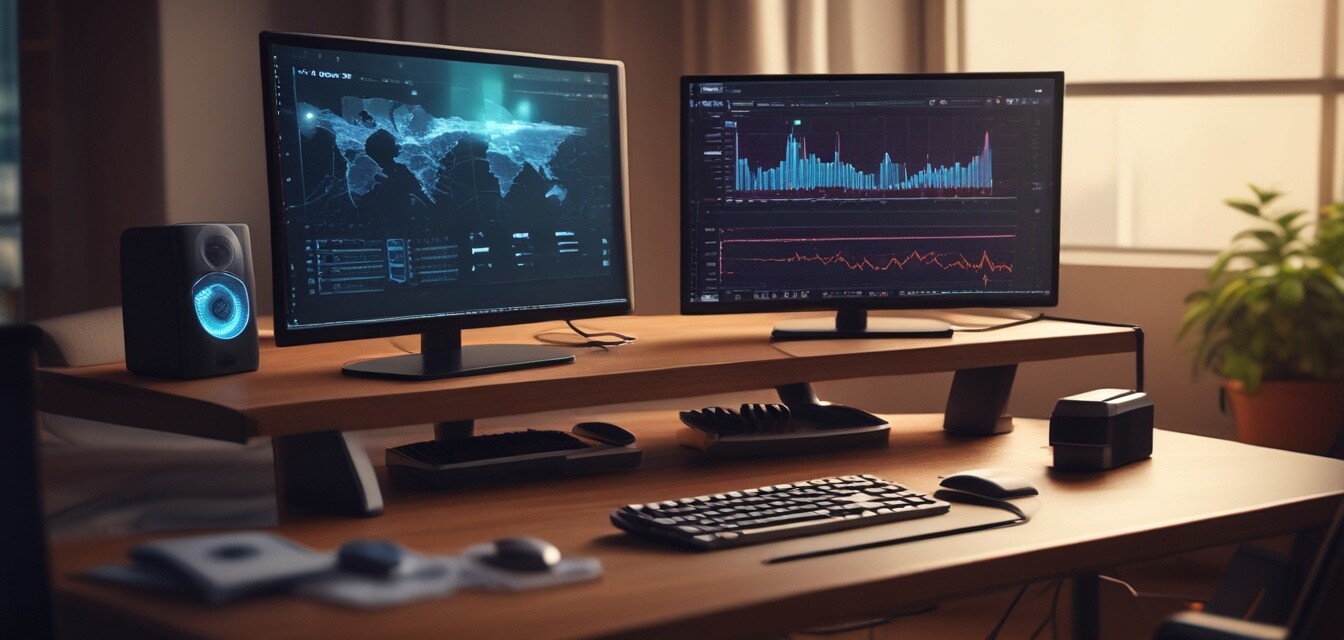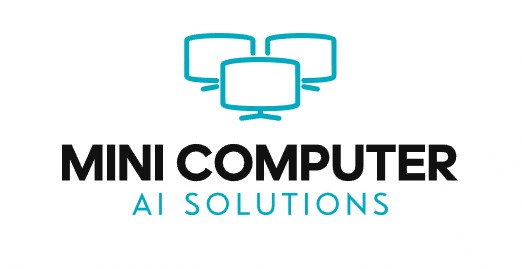
How to build an AI-powered desktop from scratch
Key Takeaways
- Understanding the essential components of an AI-powered desktop is fundamental.
- Choosing the right mini PC configuration can maximize performance and efficiency.
- Consider future-proofing your build with powerful processors and ample RAM.
- Optimize compatibility and performance with careful component selection.
Building an AI-powered desktop can seem like a daunting task, but with the right components and knowledge, you can create a powerful machine that fits your needs. This guide will walk you through the key components, considerations, and steps needed to assemble your own AI-powered desktop from scratch.
Essential components for your AI-powered desktop
When selecting parts for your AI desktop, focus on performance-centric components. Here’s where to start:
| Component | Description | Recommended Specs |
|---|---|---|
| Processor (CPU) | The brain of your computer that handles all computations. | Intel i7 or AMD Ryzen 7 |
| Graphics Card (GPU) | Vital for AI and machine learning tasks, accelerating computations. | Dedicated NVIDIA or AMD GPU |
| Memory (RAM) | Allows for fast data access; essential for multitasking. | 16GB or more |
| Storage | Where your operating system and software reside. | 512GB/1TB SSD recommended |
| Motherboard | The main circuit board connecting all components. | Compatible with your CPU and GPU |
| Power Supply Unit (PSU) | Provides power to all components. | 600W or more |
| Cooling System | Maintains optimal temperatures for performance. | Air or liquid cooling, based on preference |
Choosing the right mini PC configuration
Mini PCs are perfect for an AI desktop build. Here's why:
- Compact size fits comfortably in small spaces.
- Energy efficiency saves on power consumption.
- Modify easily for upgrades as needed.
Top considerations for a mini AI desktop
When choosing components for a mini AI desktop, keep these factors in mind:
- Compatibility: Ensure that your CPU, motherboard, and GPU are compatible.
- Thermal Management: Make sure you have adequate cooling solutions.
- Future-proofing: Choose components that allow for easy upgrades.
- Budget: Set a realistic budget and prioritize components accordingly.
Common challenges when building an AI-powered desktop
As with any DIY project, challenges may arise. Here’s how to navigate some issues:
Tips for beginners
- Start with a pre-configured build for guidance.
- Watch tutorial videos for step-by-step instructions.
- Join online communities for additional support and questions.
- Keep your workspace organized to avoid losing small parts.
Software considerations
Once your hardware is assembled, you’ll need to focus on software:
- Operating System: Linux and Windows are both viable options for AI tasks.
- AI Frameworks: Install TensorFlow, PyTorch, or similar frameworks for development.
- Drivers: Ensure all hardware drivers are up to date for optimal performance.
Final thoughts
Building your own AI-powered desktop can be immensely rewarding and provide you with a powerful machine tailored to your specific needs. Follow this guide to make informed decisions, from component selection to software implementation.
Pros
- Customized performance tailored to specific AI tasks.
- Cost-effective compared to pre-built options.
- Compact design maximizes workspace.
Cons
- Potential for compatibility issues if not researched.
- Risk of voiding warranties on components.
- Requires technical knowledge and troubleshooting.
